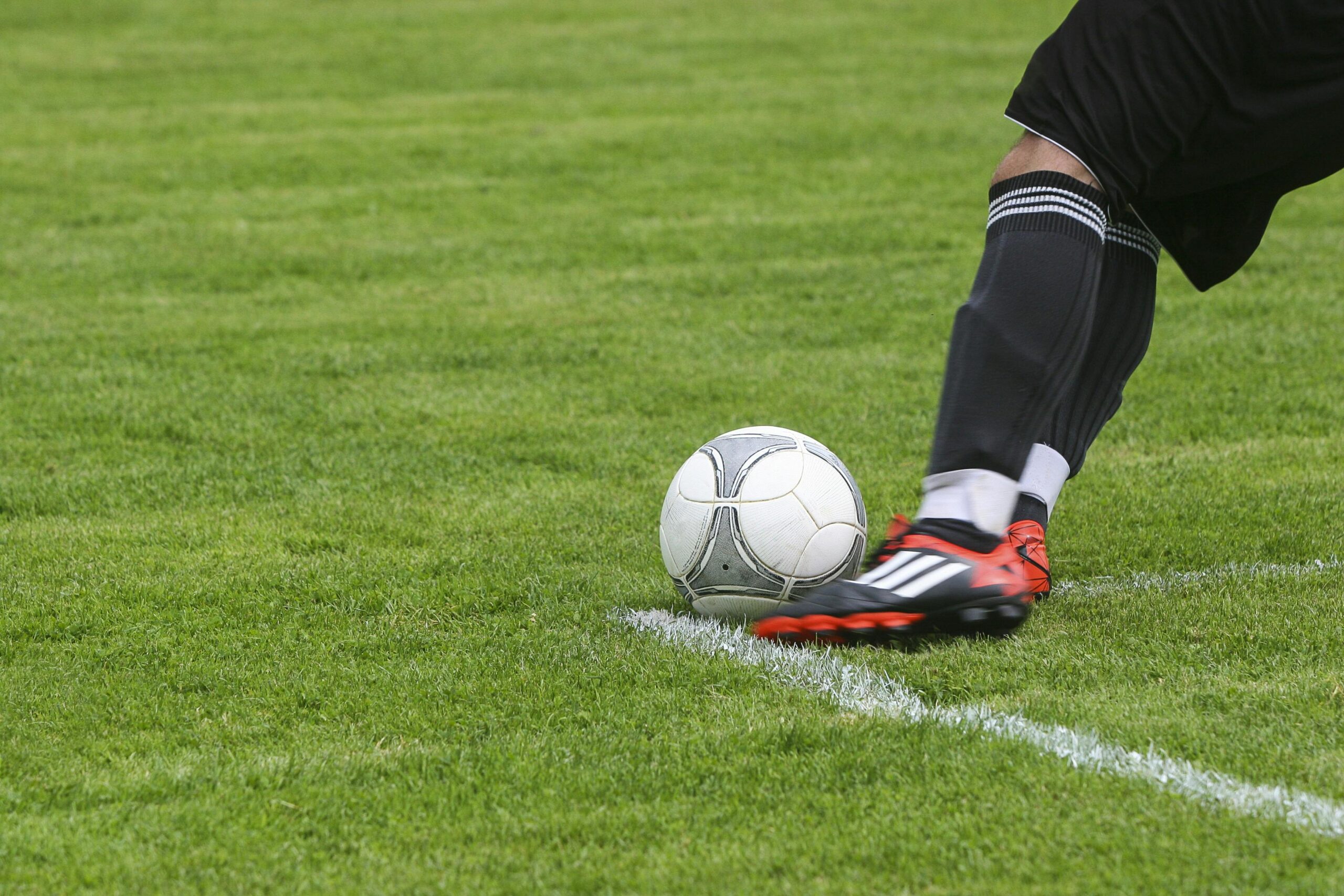
Unlike other sports such as athletics, swimming or even basketball or volleyball, football is a very complex sport, in which it is extremely difficult to find repeating situations where players can identify and take advantage of rapid patterns of closed action. Yet, coaches today are giving more importance to set pieces. In professional clubs and teams, it is becoming more common for a staff member to have responsibility over set pieces in training and in games.
In relation to this topic, we would like to give raise to certain questions and point out some ideas for a discussion between coaches.
1. What are the differences between tactical training and strategy?
We tend to talk about set pieces as situations where the game restarts (after a foul, corner kick or a throw-in). These situations have in common that the team who has the possession of the ball without having the need to dispute it will decide the timing of the ball being put into play. This allows players of this team to follow a common and known training pattern. This is what we normally understand as strategy [1] and it differs from tactical situations because it is precisely the collective following of a guideline to solve an identified problem.
At this point we like to think that the line that separates tactics from strategy should not be marked by the fact that we find ourselves in situations of restarting the game, but because the players identify the predetermined and trained contexts the which could be utilized as closed patterns. For example, one of our players has the ball in the opponent’s half and in one of the wings, cannot cross, but can chose between passing the ball to a defender or a central midfielder. From this moment forward, all the players have designated movements that are specific in the coordination of an action between the team. This would allow the combination of tactical and strategic training.

